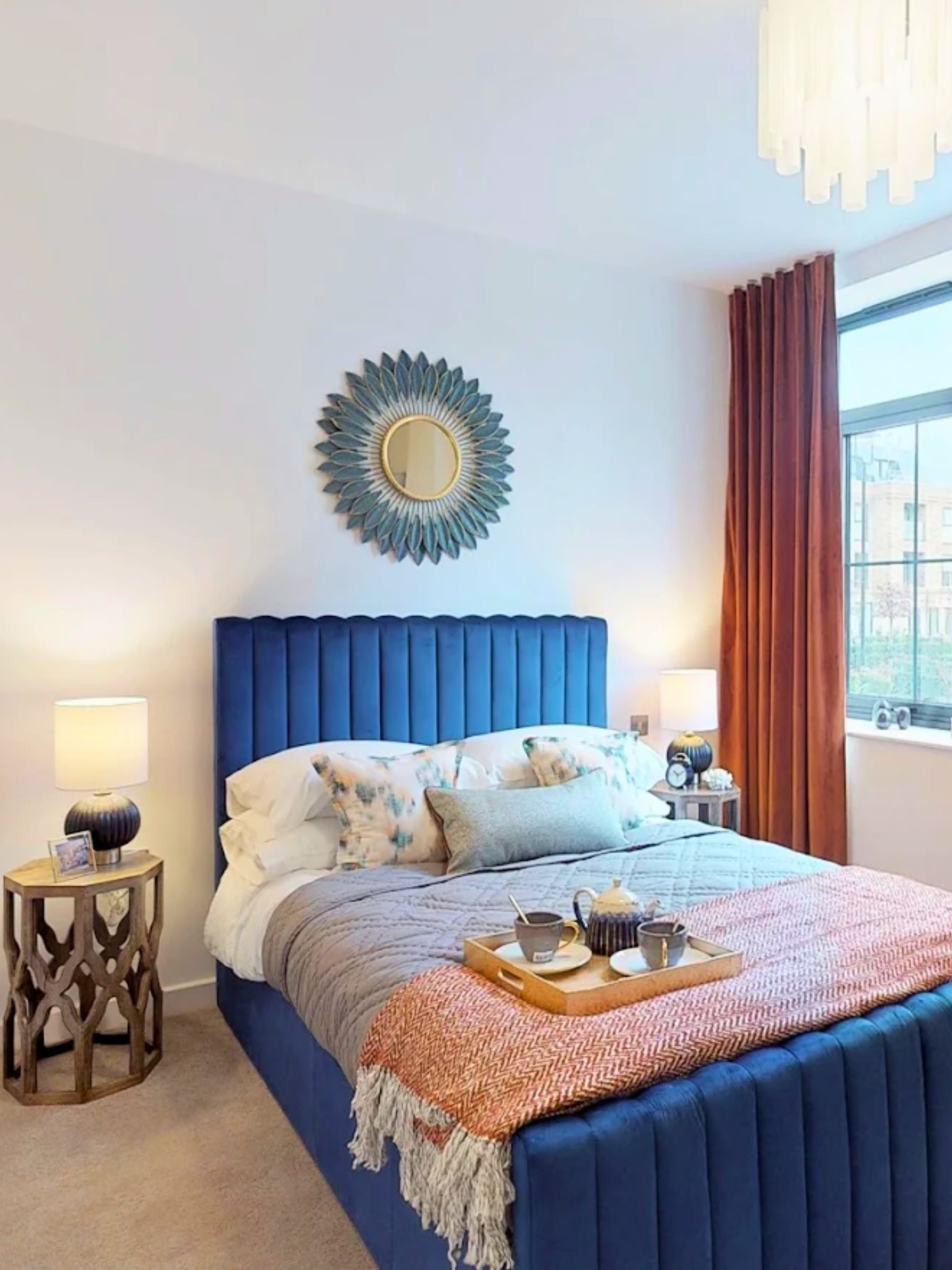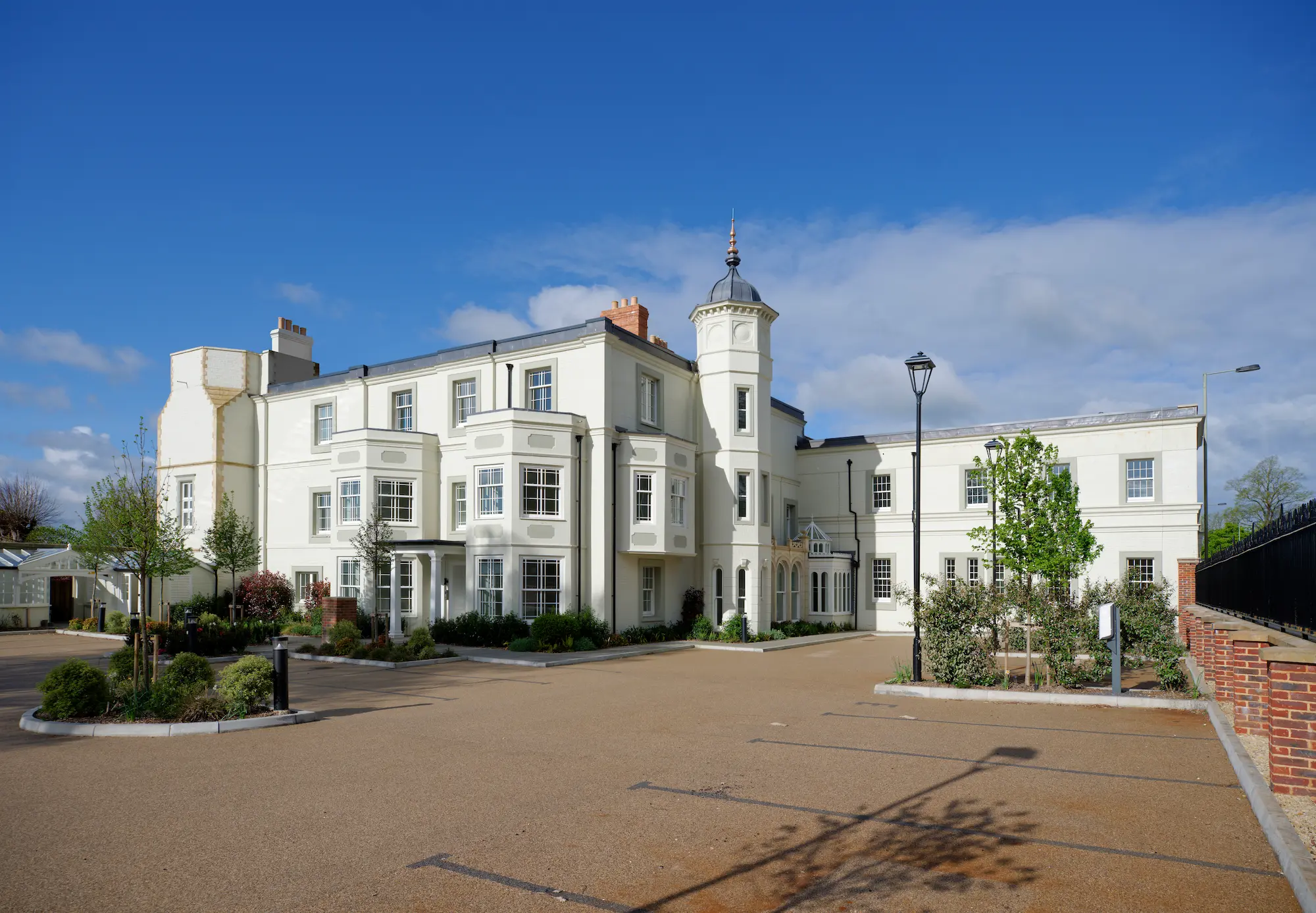A New Chapter for a Historic Site
This shared ownership project, developed by AHH, transformed a disused NHS hospital site in the city center of Salisbury into the contemporary Chapters retirement community. The 5-acre site, located within a conservation area, now hosts 198 apartments, houses, and cottages.
The development involved the restoration of derelict Grade II listed heritage buildings, seamlessly blending modern living with historic charm. The community is a short stroll from the city center, offering convenient access to local culture, shopping, and leisure.
Key Features

Elegant Living Spaces
198 homes including apartments, houses, and cottages designed for comfort, accessibility, and community living.
Heritage Restored
Beautifully restored Grade II listed buildings, preserving Salisbury’s architectural legacy while offering modern interiors.
Green & Serene
Communal gardens provide tranquil outdoor spaces for relaxation, socialising, and enjoying nature in the heart of the city.
Wellness at the Core
A dedicated wellness suite supports residents’ physical and mental wellbeing with tailored facilities and services.
Social & Culinary Hub
On-site bar and bistro create a vibrant social scene, perfect for casual dining and community gatherings.
Active & Engaged Living
An activity room encourages creativity, hobbies, and social interaction, enriching daily life for residents.
City Centre Convenience
Located in the heart of Salisbury, residents enjoy easy access to shops, culture, healthcare, and transport.
Shared Ownership Advantage
The shared ownership scheme makes high-quality retirement living more accessible, empowering more people to join this thriving community and driving the project’s success.
Chapters, Salisbury
Nestled in the heart of Salisbury’s city centre, the Chapters development is a remarkable revitalisation of an 8-acre disused NHS hospital site, breathing new life into a conservation area rich with heritage. This ambitious project has transformed derelict Grade II listed buildings into a vibrant, inclusive retirement living community, setting a new benchmark for urban regeneration and senior living.
A defining feature of the Chapters project is its shared ownership model, which has played a pivotal role in making high-quality retirement living more accessible. By lowering the financial barrier to entry, this scheme has empowered a broader demographic to enjoy the benefits of independent living in a supportive community. It has also driven demand and engagement, making the development not just a housing solution but a social innovation.




